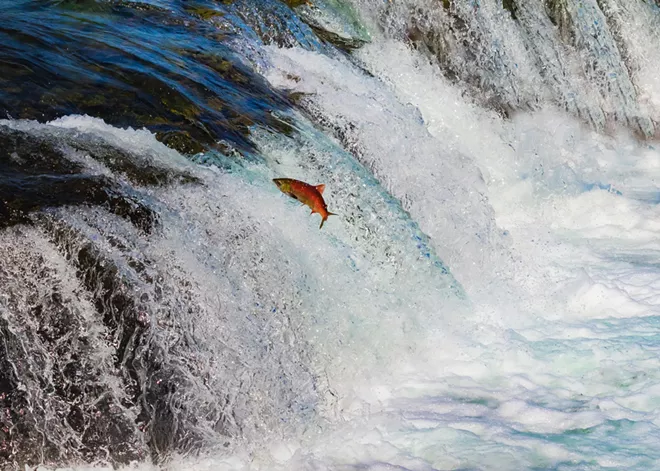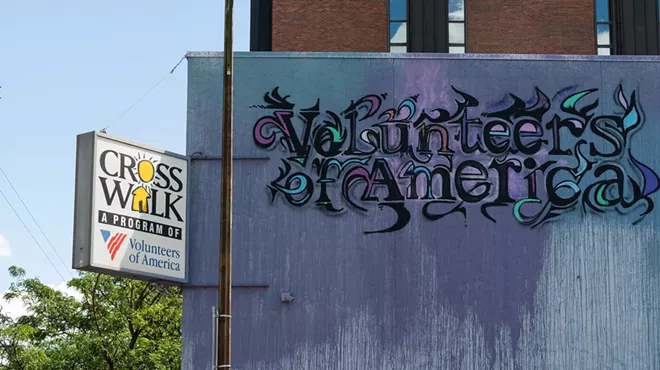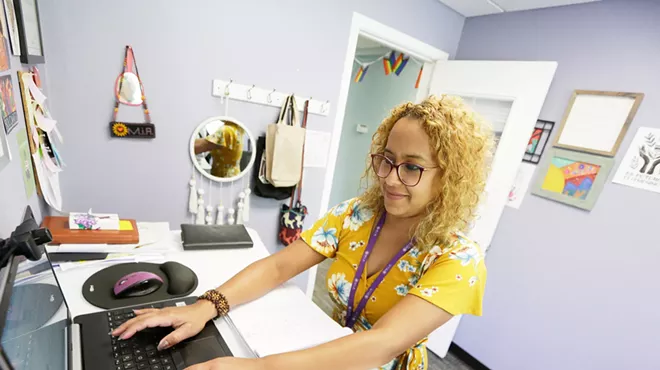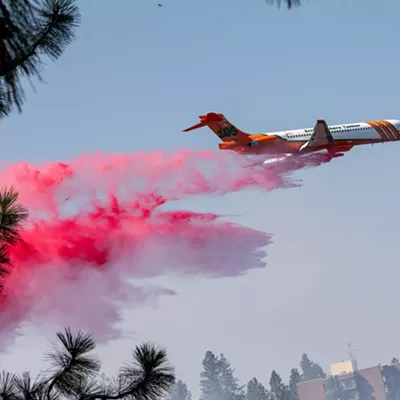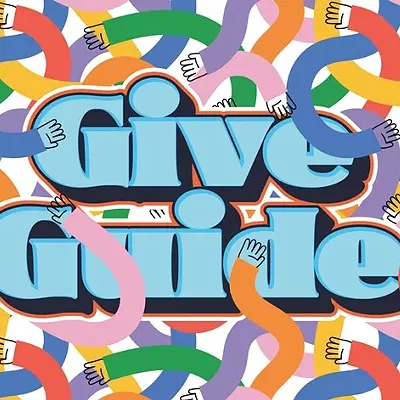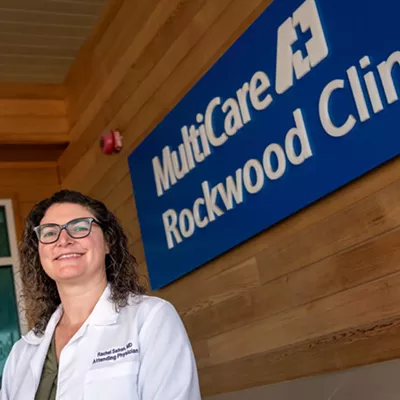Fish are in danger and it's our fault. Between pollution, poaching and damming infrastructure, the depletion of freshwater fish nationwide is human-made and, in most cases, preventable or reversible.
The U.S. Fish and Wildlife Service estimates there are close to 200 endangered and threatened fish species throughout the country, many of which are salmon that have called the Pacific Northwest their swimming grounds since time immemorial. These Pacific salmon are considered a keystone species, which means their existence benefits the health and function of the ecosystems they occupy.
For the past three decades, a coalition of Northwest and national conservation organizations, fishing associations and environmental advocates have worked together — as the Save Our Wild Salmon coalition — to not only protect wild salmon and steelhead populations, but also to prevent this shrinking population from further dwindling.
While this fight encompasses the entirety of the Columbia-Snake River Basin, recent efforts have targeted removal of four dams on the lower Snake River.
HOW YOU CAN HELP
To find out more, volunteer or donate to Save Our Wild Salmon, visit WildSalmon.org."Bipartisan policymakers are very much realizing that salmon extinction is not acceptable and replacing these four lower Snake River dams is doable," says Tanya Riordan, the coalition's Spokane-based director of policy and advocacy.
The four dams — Ice Harbor, Lower Monumental, Little Goose and Lower Granite — are all in the southeast corner Washington and were built by the federal government in the 1960s and early 1970s. These hydropower facilities have all but decimated the once-thriving salmon population, Riordan says. According to the U.S. Army Corps of Engineers, which oversees the dams, new technologies have been implemented in the past 25 years to maximize the survival of these fish, but Riordan says it's not enough.
"The science is clear. There is no debate on the science. Every single scientist has said the dams have to be removed," she says. "We've spent upwards of $30 billion in salmon recovery efforts in this country. Clearly we have done everything we can think of and it just hasn't worked."
However, breaching these dams is no easy task. Coalition advocates have swam upstream, so to speak, in local, state and federal legislative bodies since 1998 seeking to restore a free-flowing lower Snake River. Much like for the plummeting salmon populations, several roadblocks stand in the way.
These dams provide hydroelectric power to surrounding areas like Clarkston, Washington, and Lewiston, Idaho, so before breaching them, alternative energy options must be secured.
"The science is clear. There is no debate on the science. Every single scientist has said the dams have to be removed."
Riordan says much of the opposition to dam removal is based on disinformation that overstates the actual impact these dams have on energy production. The river's flow is slowest in the dead of winter and the middle of the scorching summer, meaning less energy is produced when it's arguably needed most.
Since these types of dams usually have about a 50-year lifespan, Riordan says millions of dollars must be spent to keep them viable — money that she believes could be spent to secure clean-energy alternatives. The coalition urges the use of alternative sources like wind, solar and rail, which it says would be more reliable and cost-effective than barges.
Restoring the lower Snake River will also help meet treaty obligations with the numerous Native American tribes in the Columbia Basin, Riordan says.
"You can't talk about protecting salmon without talking about tribal rights," she explains.
The reasons to restore salmon populations are many, but when it may occur is difficult to pinpoint. Work to protect existing populations is underway. For instance, the fishing season that opened in early May only allowed folks to fish for two days of the week in two separate locations along the lower Snake River. Other rules prohibited barbed hooks and nighttime fishing.
"There are so many benefits to restoring these populations," Riordan says. "We want people to feel optimistic and envision what they want in their community following a restored ecosystem." ♦
OTHER WAYS TO GIVE
RIVER'S WISH ANIMAL SANCTUARY is saving one barnyard animal at a time, through rescue, education and advocacy. The volunteer-run refugee houses more that 100 animals on its 65-acre property in northwest Spokane. In its care are rabbits, horses, cows, donkeys, sheep, chickens, turkeys, ducks, geese, pigs, dogs and cats. (If you're reading aloud this is a good time to take a breath). The sanctuary's co-founders Kit and Peter Jagoda believe that every creature can live a full and joyful life, which is why they founded the organization. The pair have worked in the field since 1995, when they joined a local pet rescue group, but River's Wish — named after their canine companion River, who died in 1999 — was incorporated as a nonprofit animal sanctuary in 2004.
More information at RiversWishAnimalSanctuary.org
SPOKANE POTTERS' GUILD knows that sometimes getting dirty is a necessary act. And there's no way to get closer to nature other than digging your hands into the mud... well clay technically. Whether you're into handbuilding clay creations or molding masterpieces on the wheel, the Spokane Potters' Guild is the perfect place to be. The volunteer-led nonprofit studio offers the Spokane community a space to first learn about the craft and then to appreciate it. Eight-week classes are offered on a quarterly basis and grant folks access to use the facility any time afterwards.
More information at SpokanePottersGuild.org
GIRL SCOUTS OF AMERICA has — as we all know — its yearly, delicious cookie campaigns. But the organization provides more than tempting treats. More than a century ago, the founding members of the Girl Scouts redefined what's possible for girls nationwide. By engaging in outdoor recreation, millions of girls have shared a sense of adventure and a belief that they could make a difference in the world. The Girl Scouts of Eastern Washington and Northern Idaho cater to youth in the Inland Northwest.
More information at gsewni.org

